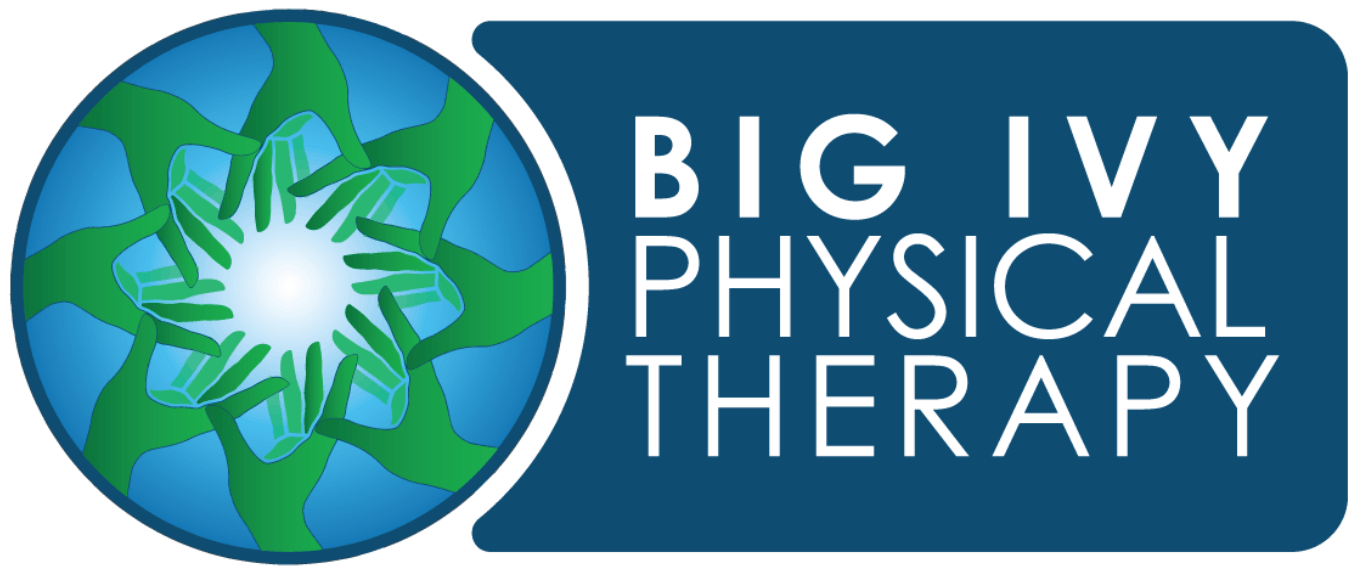
Your nerves and muscles work together to produce movements. Nerves send signals between your muscles and your brain about when, where, how fast to move and how much force to use in movement. Pain, inflammation and swelling due to injury, disease, prolonged immobilization or surgery can lead to loss of neuromuscular control, poor posture, poor biomechanics and abnormal movement patterns.
Neuromuscular re-education involves retraining the brain, spinal cord and muscles in voluntary and reflex motor activities. In layman terms, it means training or re-training your your muscles, brain, and the nerves used for them to communicate with each other in order to improve movement, strength, balance and function.
Physical therapists use a variety of manual techniques, repetitive movement, posturing, stimulation and therapeutic exercises in order to redevelop normal movement, balance, coordination, kinesthetic sense, posture, and proprioception.
Some of the techniques physical therapists may use include:
- Standing Balance Exercises
- Seated Stability Exercises
- Postural Re-training (Postural Re-education)
- Isometric Muscle Contractions
- Feldenkrais
- Proprioceptive Neuromuscular Facilitation (PNF)
- Electromyography (EMG) Biofeedback
- Desensitizing Techniques
- Activities That Engage Balance and Core Control (e.g., Bosu and Therapeutic Ball Exercises)
